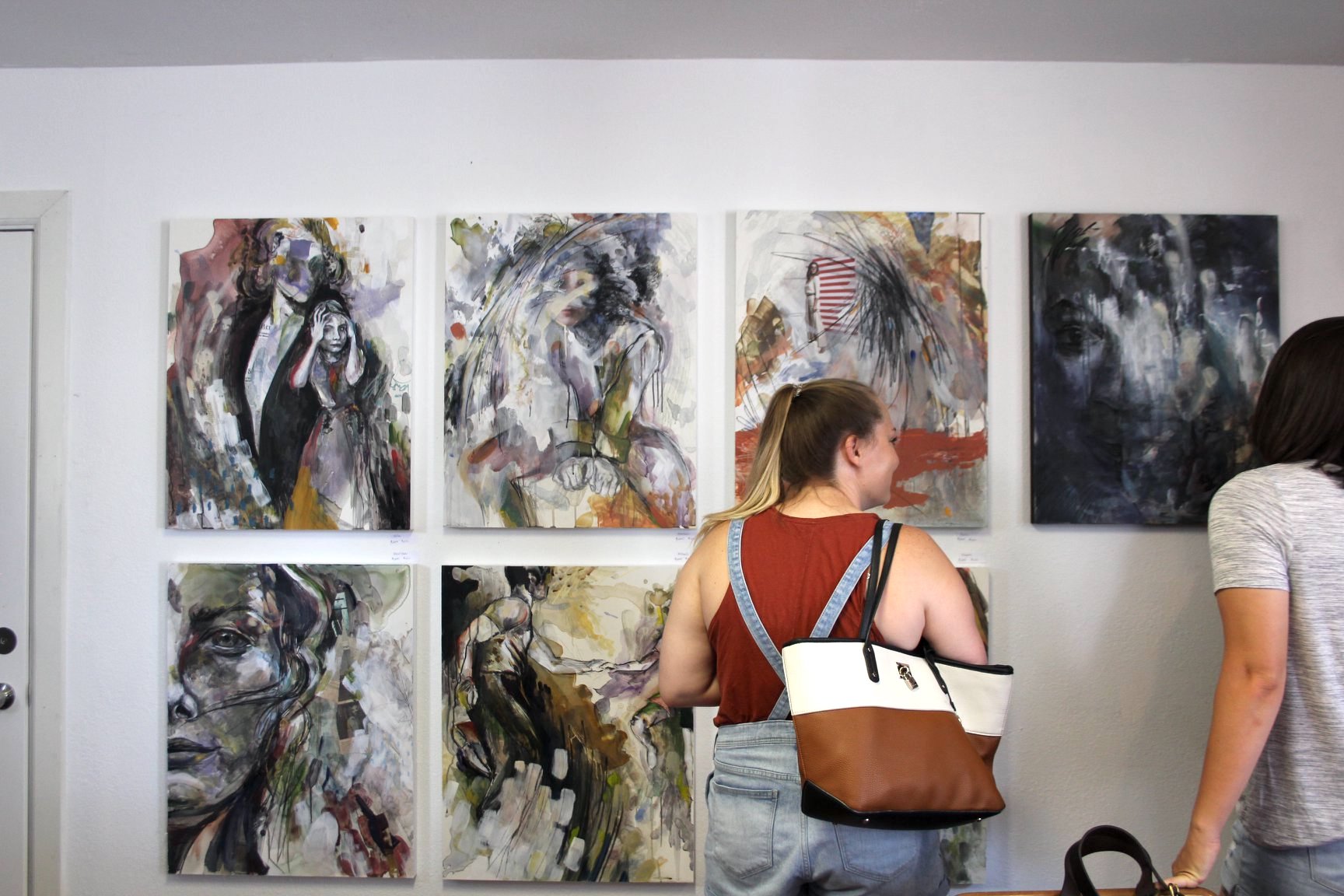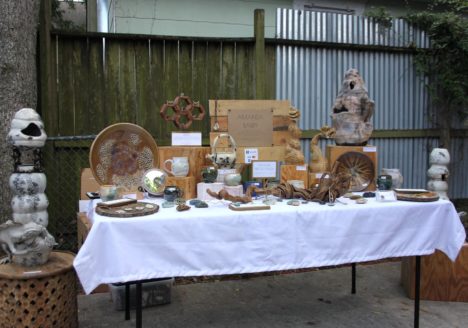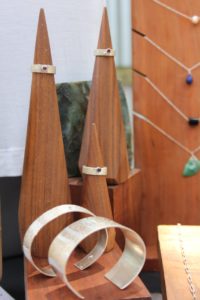Your cart is currently empty!
5 Things I Learned From Hosting My First Open Studio Sale

Partner with other artists and makers.
I reached out to several of my local maker friends to ask if they would like to pop up at my studio sale. To my surprise, many of them said yes. I contacted artists that work in diverse media so that customers would get the chance to shop many different kinds of items. For example, I had jewelry, ceramic sculpture, functional ceramics, and visual art present at this sale.
Think of the competition. Markets pop up throughout the city almost every weekend. Stand out by sharing that you partnered with local artists that you respect. Your guests will rest easy knowing that they are buying pieces that you agree are high quality.
Make sure the community knows it’s a sale.
Many of the large collective art studio buildings have open studio days regularly. Make it clear that your event is a sale set up for your guests to shop. You want guests to come prepared to purchase something or at least price shop for a future purchase.
Make the experience unique.
Unlike the large art markets, I was opening up my personal space. I included special touches like refreshments, seating, and a sign-in book. I chose to reach out to a local brewery and had some beer donated for our guests as well as some water and lemonade. Since I held my sale in the summer, I also had fans and bug spray set around to make the environment outside more tolerable. Don’t forget the basics like trash cans, info on parking, and a solution for a restroom.
Be patient and have some low priced items for impulse buyers.
I was grateful that all the artists that partnered with me made sales at the event, especially since this was the first one I ever planned. In reality, the artist that made the fewest sales was me. I believe that this is due to two main reasons. First, visual art is often more expensive than the other art that was at the sale. Second, visual art is rarely an impulse buy.
All the items I sold were $80 or under and three of those purchases came after the sale from follow up requests. I did, however, have two larger pre-sales from friends that have followed my work for years. Since I don’t have an online shop, the studio sale acted as a catalyst to urge these friends to finally make their purchase.
There you have it.
Overall, the open studio sale was a success. I will look to host one again in the spring and build upon these lessons. Do you have any experience selling directly from your studio? How did it go for you?
Artists featured Adriane Wiltse and Amanda Barry. Photos by Kentra Gilbert.

